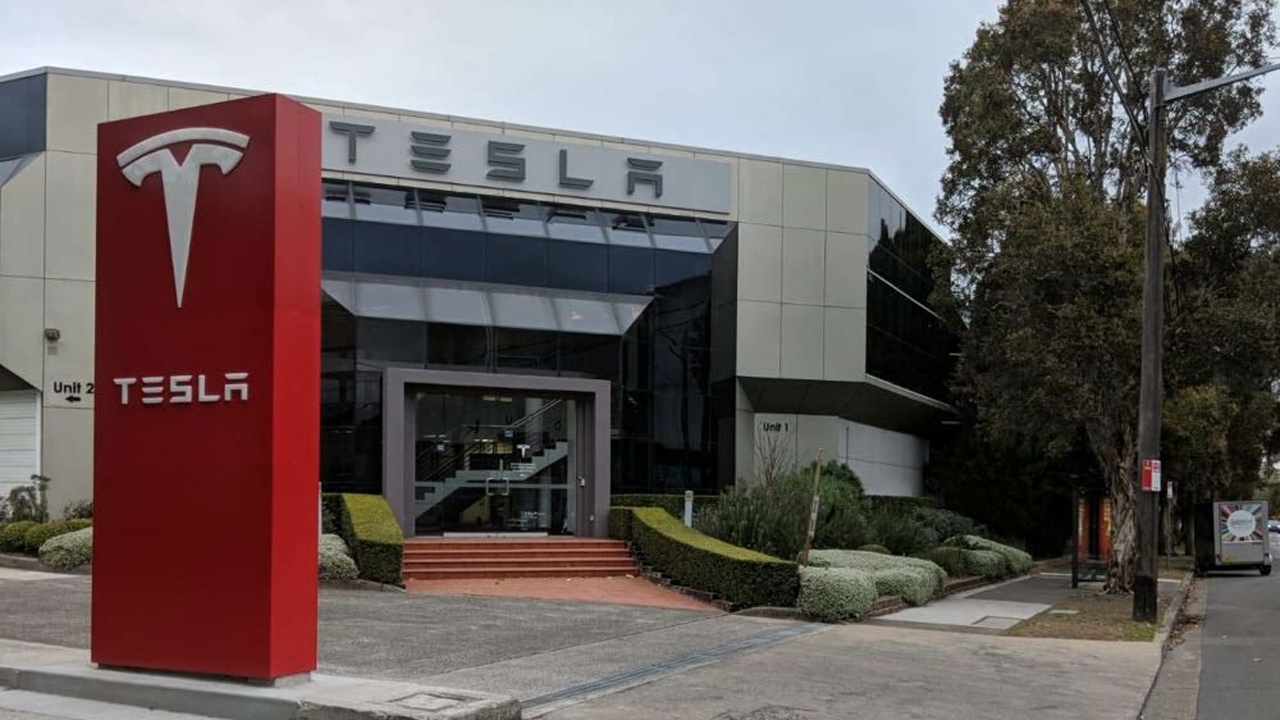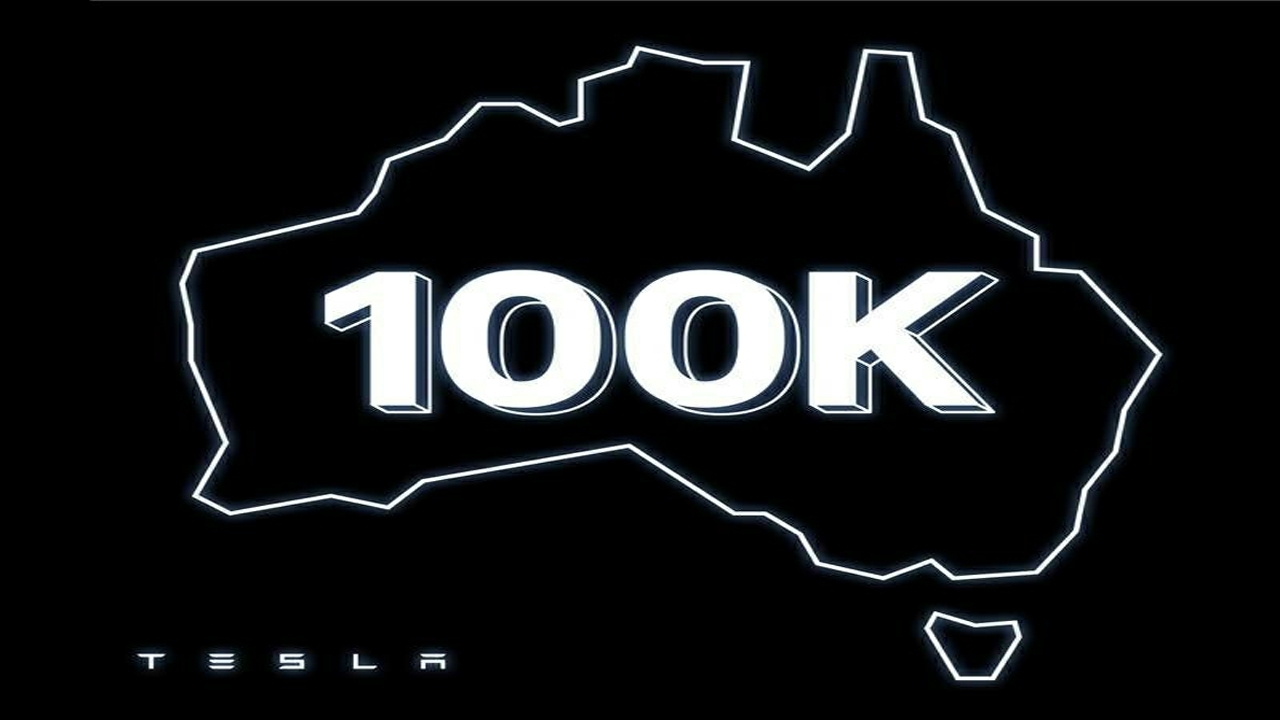Tesla, the pioneering electric car manufacturer, has achieved a significant milestone in Australia by selling over 100,000 electric vehicles (EVs) since its arrival Down Under 13 years ago. The company announced this accomplishment, highlighting its enduring impact on the Australian automotive market.
Presently, Tesla offers two models in Australia, namely the Model 3 sedan and the Model Y SUV, both of which are imported from China. The flagship Model S sedan and Model X SUV are no longer available in the Australian market due to their discontinuation in right-hand drive production.
While Tesla has not confirmed the production of the Cybertruck for right-hand drive markets, Australian customers were previously able to place pre-orders for this innovative electric pickup. Despite offering a limited range of models, Tesla has made a significant impact on the Australian automotive industry.
In 2023, it emerged as the eighth best-selling brand in the country, surpassing well-established competitors like Subaru, Isuzu Ute, Volkswagen, and Nissan. The sales figures for the previous year totaled 46,116 vehicles, comprising 17,347 Model 3s and 28,769 Model Ys. Notably, the Model Y became the top-selling vehicle among private buyers in Australia in 2023 and held the title of the world’s best-selling vehicle for the same year.

Tesla continues to innovate and enhance its offerings, evident in the recent introduction of a new update for the Model 3 known internally as ‘Highland.’ However, the local rollout of this update faced a temporary setback earlier this year due to compliance issues related to rear-middle seat tethering.
As of February this year, Tesla has sold a total of 6,772 vehicles, reflecting a marginal decrease of 0.8% compared to the previous year. The majority of these sales comprise Model 3s, with 4,316 units sold, followed by the Model Y with 2,456 units.
Tesla’s journey in the Australian market began in 2011 with the introduction of the first-generation Roadster, based on the platform of the Lotus Elise. Subsequently, the Model S sedan made its debut in 2014, followed by the Model X SUV in 2017.
The introduction of the Model 3 in 2019 and the Model Y in 2022 further solidified Tesla’s presence in the Australian EV market. The company started reporting its sales figures via monthly VFACTS industry reports in 2022, providing transparency and insight into its performance in the region.

